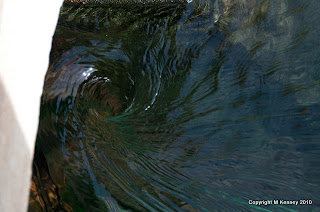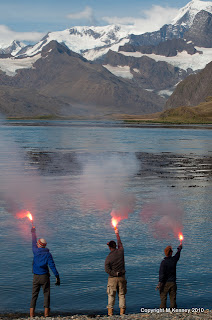Tuesday this week saw the departure of a special little yacht. Wanderer III, owned and skippered by Thies Matzen and his wife Kicki Ericson, was commissioned by famous British sailor Eric Hiscock. Her designer, Laurent Giles made her deep drafted, and heavily ballasted with a modest beam and she was always intended to cross oceans. She is one of only a relatively small number of wooden yachts still circumnavigating, and her strong Iroko on Oak construction has survived a grounding in the pacific, and many thousands of sea miles with her 3 owners. The Hiscocks circumnavigated her and the story of which is documented in Eric Hiscocks book 'Round the World with Wanderer 3'. Eric sold her to another gentleman who circumnavigated her again until she was bought by Thies in 1981, and he has wandered around the world aboard ever since. He began as a solo sailor, until Kicki joined him in '89 as a beautiful adventure-seeking young woman. A somewhat unlikely crossing of the Pacific Ocean together started something and in 1999 Kicki became his wife in the church of the abandoned whaling station at Grytviken here in South Georgia.
Thies and Kicki have been in South Georgia for 2 years studying the Wandering Albatross (Wanderers namesake) and exploring this wonderful island aboard Wanderer and have been the subject of a few excellent articles written by Thies for magazines such as Yachting Monthly and GEO magazine. They are both knowledgeable and sympathetic nature lovers and Thies is a particularly good photographer. His collection of photographs from South Georgia is a rare and valuable archive.

During my time here, we have become very close, and many happy nights have been spent on Wanderer. Thies is a talented wooden boat builder and joiner, and I have taken some tips from him for a few personal projects I have, and Kicki is a constant source of entertainment, especially when there is dancing to be done! I also have to thank her for my Kafir culture which she kindly gave to me and is now providing me with fresh yoghurt every morning. These guys and as warm as humans can be, and within minutes they feel like old friends.
We had a great party on my birthday, which doubled as their leaving do, and Kicki and I managed to get everyone including the film crews up and dancing til the small hours. The entire base turned out on the beach to give them the trademark KEP mexican wave and we lit time expired flares. It was an emotional day for us all.
They have left South Georgia now bound for St Helena via Tristan Da Cunha. The passage is expected to take wanderer a month, and I am hoping at the time of writing that they will be 200 miles off by now.
To my good friends, I wish you a safe and pleasant passage! As promised Thies (when you read this) I will join you somewhere in the near future on my new (wooden) boat!!

















